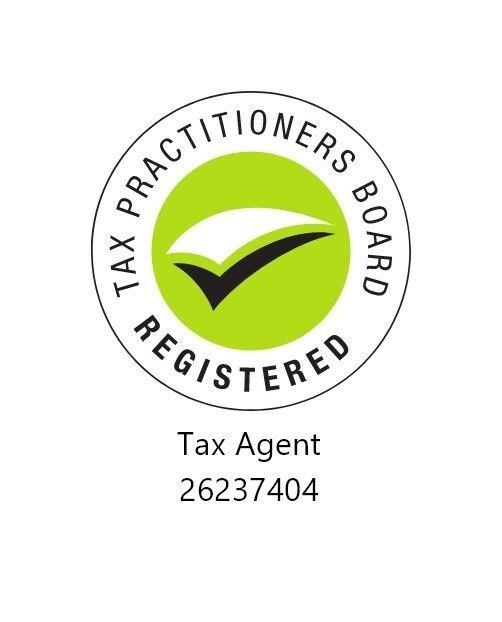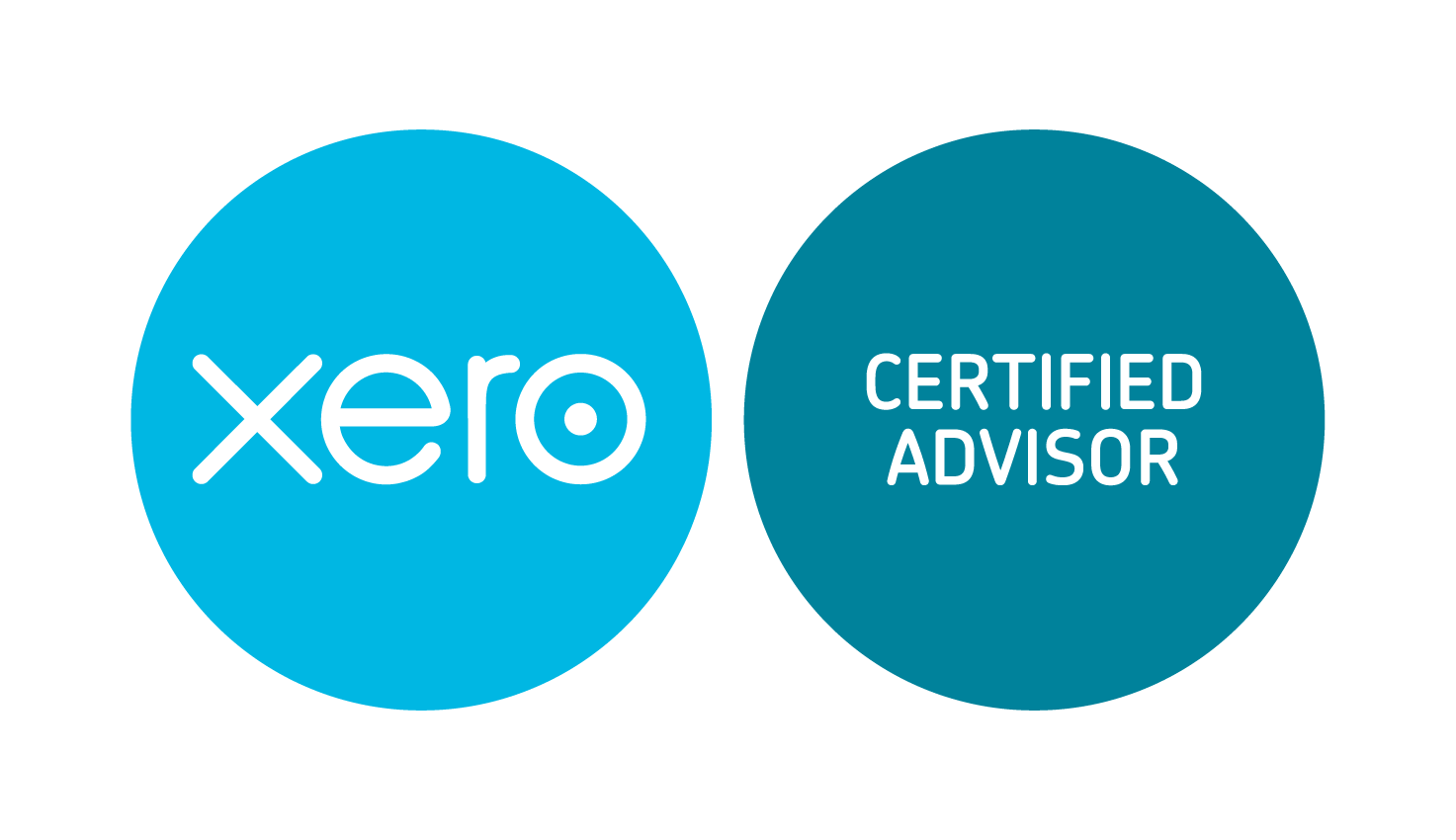Whether you are responding to an external opportunity such as new customers or grappling with internal pressures, you can grow your business successfully. By building key foundations, it is possible to continually increase your profits for several years. Whilst good general management can produce organic, steady business growth, you will need to update and refresh your business with these five foundational steps in mind to see quantum leaps that are sustainable.
1. Have a vision and work towards it
Understanding where your business is and where you want it to be is the first step in planning.
Make sure your plan:
- is simple (even if it's just one page)
- has mitigation strategies to cope with change - both in good and bad times.
- is not just ‘in your head’ or ‘in your bottom drawer’
- has any vision you choose but it must have one
- includes goals and steps to be taken to reach those goals
- aligns your business with family and lifestyle aspirations
Whether you prepare it yourself or use a business professional for an objective outside view, remember the thinking that goes into a plan is as important than the document itself.
2. Be clear about your differences
Often businesses have a product or service and assume that people will love it or it’s enough to say 'our product is great quality'. It’s not enough and if potential customers don’t understand why they should choose your business, they will judge on price alone.
If you want to grow successfully, ask yourself:
- why are you different?
- who (which customers) will value this difference?
When you promote a difference, identify what an outsider would see that would make this strength obvious to them. It must be something they can identify by one or more of their five senses, or else it is not real! These answers should be included in your marketing plan. Your objective is to create 'top of mind awareness' so that, anytime anyone in your marketplace needs or wants your product or service they call you first.
3. Build business systems to alleviate growing pains
Good business systems can improve your efficiency - sometimes by up to 30%. Without systems you just have a job with overheads.
Many businesses fail when they expand because their systems are inadequate. When developing systems:
- start with an organisation chart
- ensure staff is trained to use the systems competently.
- track the process from customer contact to payment to understand where you can value-add the most
- identify major business operations and create templates or recipes for these activities
4. Align your staff with your business
Motivating staff so that your success is their success too is important. If your staff are aligned with your business, they will want success as much as your personal commitment to this goal. Formalise roles for your staff for better understanding and accountability of the tasks for which they are responsible. Make sure your staff know what a good job looks like and reward good performance. If performance does not meet your expectations, help improve performance with options such as mentoring and training.
5. Be disciplined with your growth strategy
Running a business can be a lonely job. You need to find a way of holding yourself to account if you have made a conscious effort to grow your business. Talking to other business owners, joining a business peer group, seeking advice from a professional advisor and create your own 'board' of trusted people to check regularly on your progress all help you to stay on track.
With personal investment often at stake, growing a business can be daunting and risky. It takes courage. Start planning your growth journey by creating a Mission Statement or a New Year’s resolution for your business.
Tips to plan for business growth
- set a vision for your business, ask yourself 'What do you imagine your business to be in five years' time and how will this fit into your lifestyle?'
- know your point of difference - depending on word of mouth is not enough
- build good systems and processes in your business - inadequate systems will limit your growth opportunities
- teach your staff to use the systems, if the system is not followed, you don’t have a system.





